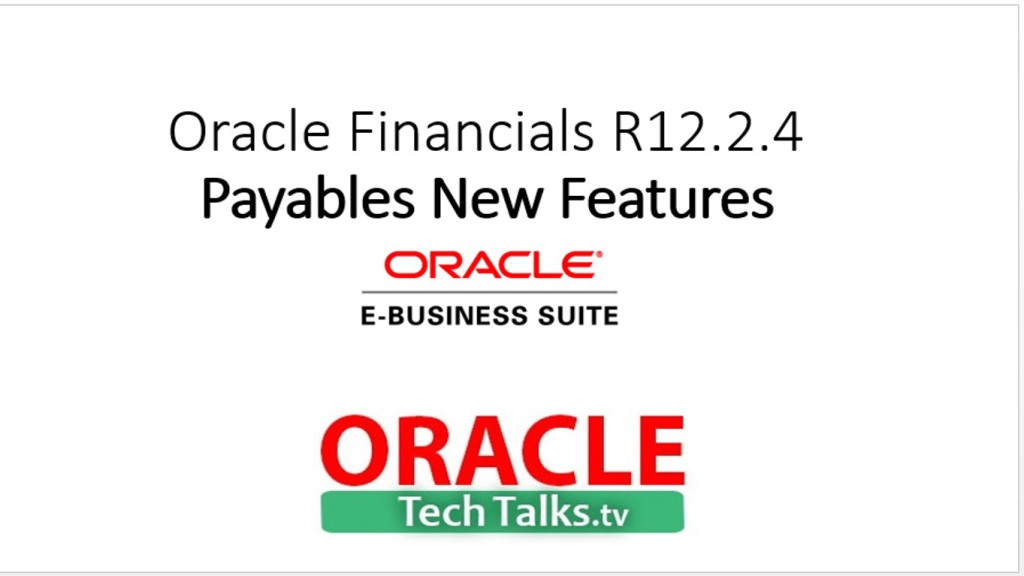Oracle has announced the retirement of Oracle Application Implementation Method (AIM) and any other implementation methodologies as of January 31, 2011.
Oracle Unified Method (OUM) is the single implementation methodology designed to be used for ALL Oracle product implementations.
OUM supports Oracle-based Business Solutions including
- Service-Oriented Architecture (SOA)
- Business Process Management (BPM)
- Enterprise Integration
- Custom Software
- Enterprise Security
- Business Intelligence (BI)
- WebCenter
- Enterprise Application Implementation
- Cloud Application Services Implementation
- Software Upgrade
Oracle Unified Methodology (OUM) – A video tutorial on Oracle Unified Method (OUM) vs Application Implementation Methodology (AIM) This includes definition of OUM, OUM focus areas, implement views like Requirements-Driven Application Implementation or Solution-Driven Application Implementation, and OUM Documents equal to AIM documents like RD050(Gather business requirement), TE040(Test Scripts), BP080(Future Business Model), BR100(Define Application Setup).












